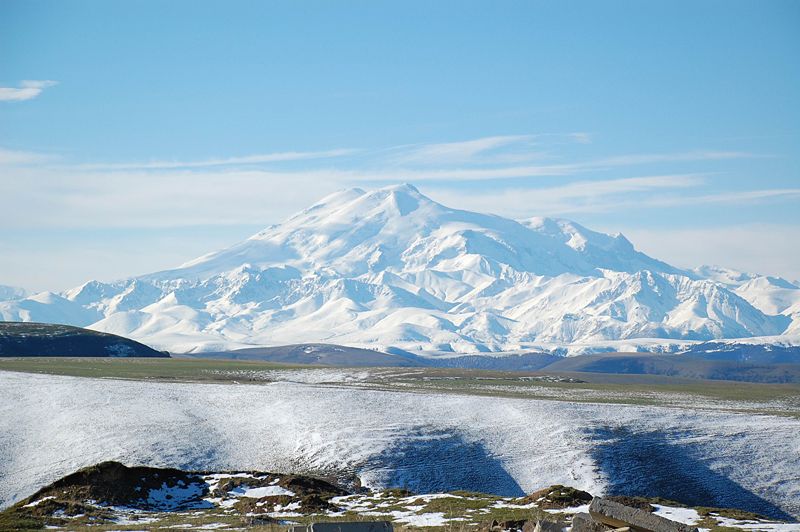You may have heard of the seven summits of the world, the highest mountains in each of the seven continents: Aconcagua, Carstensz Pyramid, Kilimanjaro, Elbrus, Denali, Vinson, and of course Mt Everest. But do you know the origins of their names? Didn’t think so.
Many mountains have some kind of elaborate story behind their native names, and some are just, well, boring. There are lots of mountains such as Snowdon, Mont Blanc, Dhalugiri and countless others which are simply local terms for ‘white mountain’. So, do the magnificent seven summits of the world have a decent name to back them up?
Mt Everest (8,848m), Asia
At the time of its first measurement (by means of triganomic calculation), Everest was named peak XV. When the time came to give it a ‘proper’ name, Andrew Waugh, the surveyor who discovered the official height, wanted to preserve the name which the local Nepalese gave the mountain. This was quite hard as the Tibetan and Nepalese borders were closed to foreigners at the time.

Despite this, many native names were known for Everest (most famously Chomolungma which means ‘Earth Mother’) but Waugh found it hard to pick a favourite. Instead, he decided to name it after his chief Colonel Sir George Everest.
Interestingly Everest (the man) rejected the proposal for the name as it was unable to be written in Hindi and the local natives couldn’t pronounce it. Regardless, in 1865 the Royal Geographical Society officially named the highest mountain in the world Mount Everest.
Want to know what it’s like to climb the highest mountain on Earth? Check out our interview with Kenton Cool, the record-breaking British mountaineer who’s summited Everest a remarkable 14 times.
Aconcagua (6,962m), South America
The origin of the name of the highest mountain in South America is disputed, with three possibilities given. The names given from the Quechuan language were Ackon Cahuak and Anco Cahuac, which mean ‘sentinel of stone’ and ‘white sentinel’ respectively.
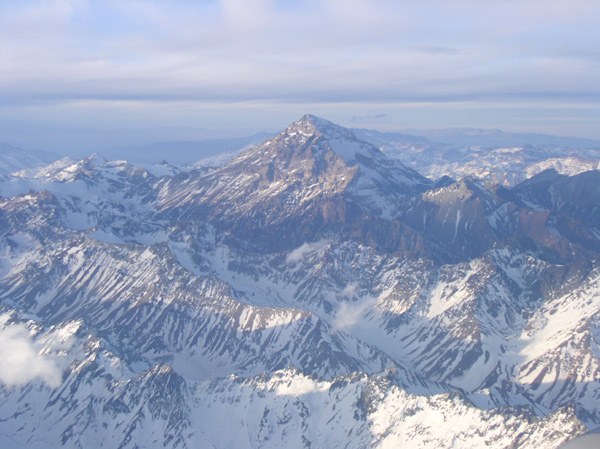
Other indigenous peoples of the Andes, the Mapuche, called the mountain Aconca-Hue, meaning ‘comes from the other side’. Why they gave it these names is a mystery, however ‘comes from the other side’ is known to refer to the Aconcagua River.
Aconcagua was named as one of our 7 high altitude trekking peaks you need to climb in your lifetime.
Denali (6,194m), North America
Mount Denali, the highest mountain in Northern America, is located in Alaska. There has been some controversy over the years as to the name of the mountain, with the Americans preferring to call it Mount McKinley, and pretty much everyone else wanting to call it its native name Denali. The name Denali came from the native peoples of Alaska, called the Athabaskans, and translates as ‘The Great/High One’.
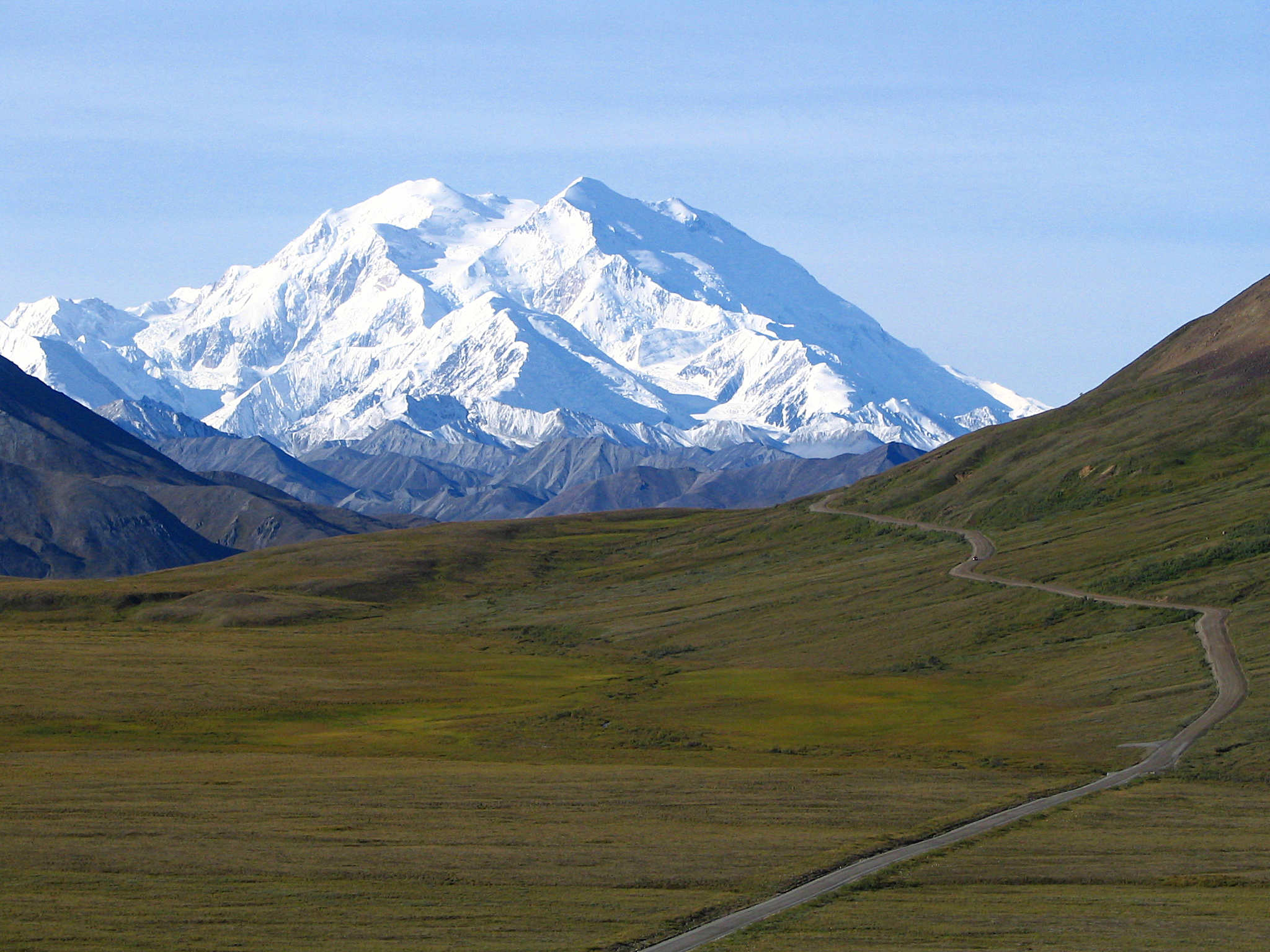
American naming of the mountain came in 1897 when a gold miner from New York, William Dickey, named the mountain after the Republican presidential nominee William McKinley.
Despite popular pressure to change the official name back to Denali, American congressmen in charge of naming geographical features kept the mountain as Mount McKinley. That was until 2015, when the peak’s original name was once again officially recognised worldwide.
Kilimanjaro (5,892m), Africa
Situated in North East Tanzania, Mount Kilimanjaro is the highest free-standing mountain in the world. While the exact meaning of the word Kilimanjaro is unknown it is thought to be a mixture of the Swahili and Kichagga languages to mean (just like Snowdon and Mont Blanc) white mountain. Boring right? Not when we consider the other Swahili name for the mountain: Uhuru.
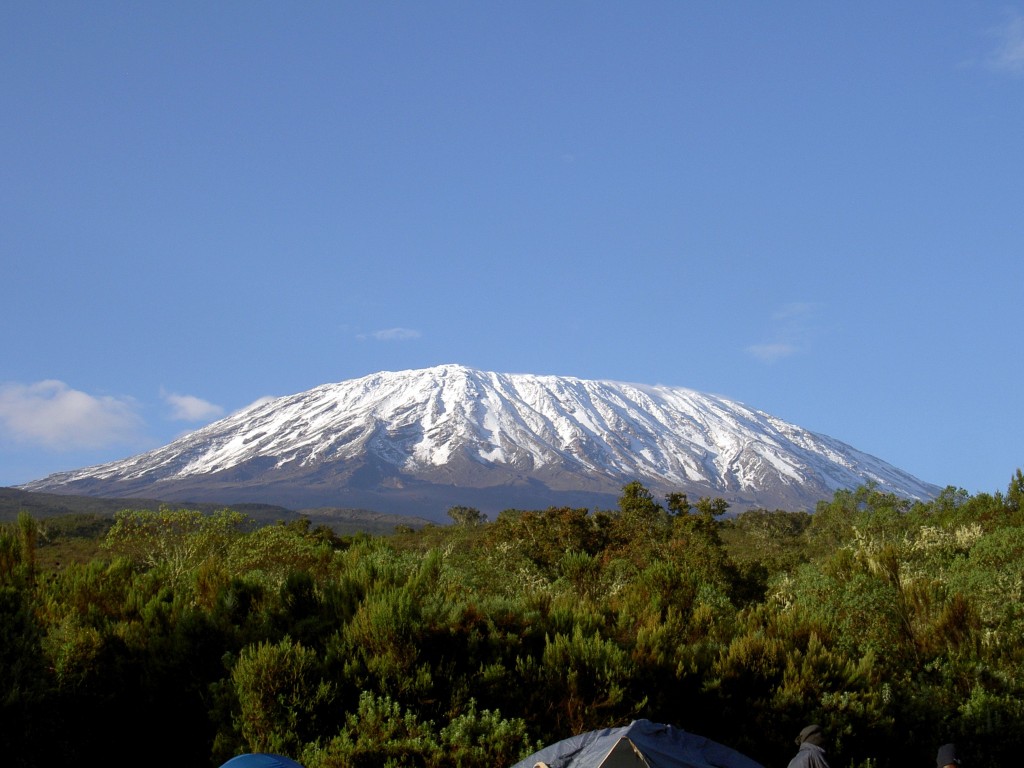
The word Uhuru in Swahili means ‘freedom’ and was a name given to the mountain to commemorate Tanzanian independence from Great Britain in 1961.
Kilimanjaro was first climbed by a chap called Ludwig Purtscheller, an Austrian teacher, mountaineer, and guidebook author. The ascent was made in 1889, back when the mountain lay in German East Africa. You can read more about Ludwig’s fascinating climbing exploits here.
Mount Elbrus (5,642m), Europe
Due to its location in the Caucasus Range of Russia on the border of Asia and Europe, there is dispute as to whether Mount Elbrus should be counted as Europe’s highest peak, or if the title should instead go to Mont Blanc (that one with the boring name).
Fortunately for me, Mount Elbrus is officially in Europe and I can make this section a bit more interesting than writing ‘because it has snow on it’. Saying that, the translation of Elbrus from Arabic is, surprise surprise, white mountain!
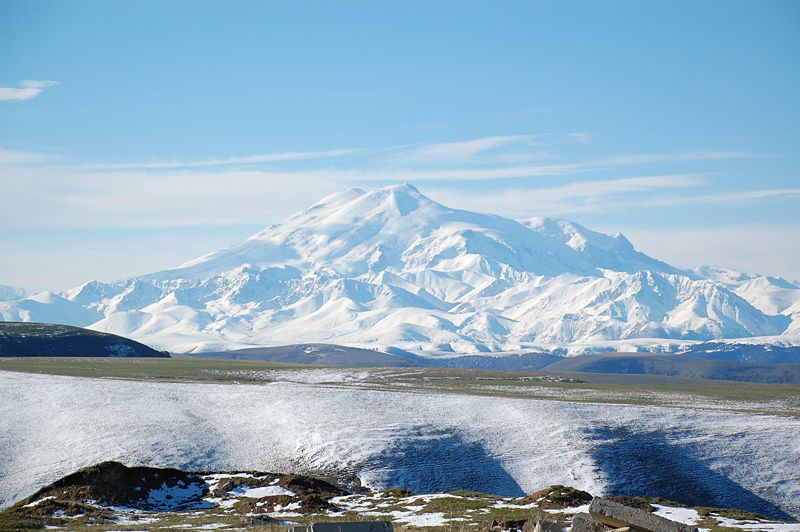
Thankfully there are several meanings behind the name. It can also mean ‘twin peaks’ which is quite an obvious name when you look at it. More interestingly, Elbrus is a different spelling of the word Alborz, which, as well as being a mountain range in Iran, it is a legendary mountain in Persian mythology.
Mount Hara (known as Alborz) was supposedly the first mountain on earth and grew in 800 years with its roots growing deep into the ground and its peak attached to the sky, with the sun, moon and stars all moving around it.
Want to climb Mount Elbrus? Check out our guide to climbing Europe’s highest mountain.
Mount Vinson (4,892m), Antarctica
The Vinson Massif is located in Antarctica, roughly 750 miles from the South Pole, and is home to Mount Vinson, the highest mountain of Antarctica. As well as being the highest mountain in Antarctica, the Vinson Massif also boasts the title of coldest mountain on Earth with a record low of −128.6 °F (-53.6 °C).
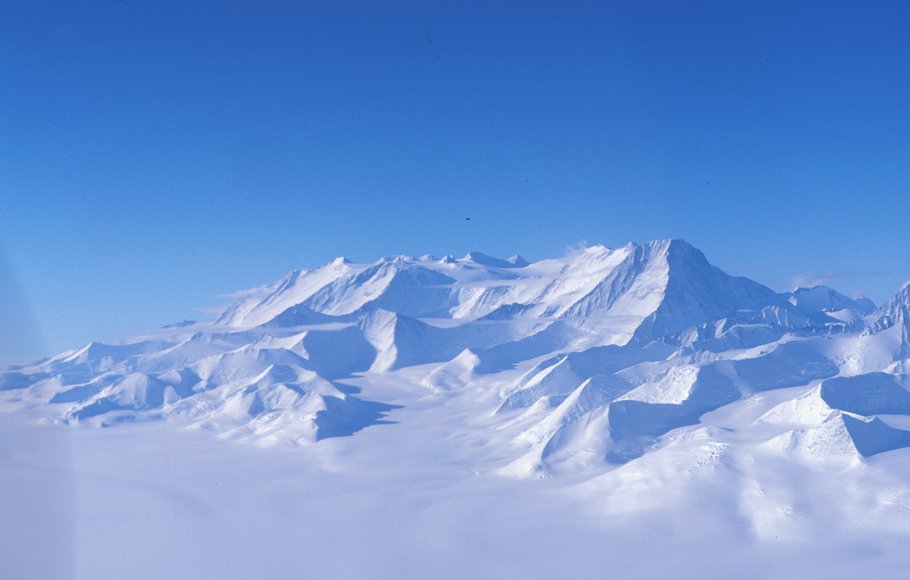
It was first seen (although it was thought to exist before this) in 1958 by a US Navy aircraft that was flying over the area. Mount Vinson was officially named in 2006 by the US Advisory Committee on Arctic Names after congressman Carl Vinson, a keen supporter of Arctic exploration who provided substantial funding.
Carstensz Pyramid (4,884m), Australasia
Now known as Puncak Jaya, this mountain is located on the island of New Guinea and is the highest in Indonesia. The mountain was named Carstensz Pyramid by Dutch explorer (New Guinea was formerly a Dutch colony) Jan Carstensz, in 1623 who, when he returned to Europe, was ridiculed for claiming that there was a mountain so close to the equator with snow on it.
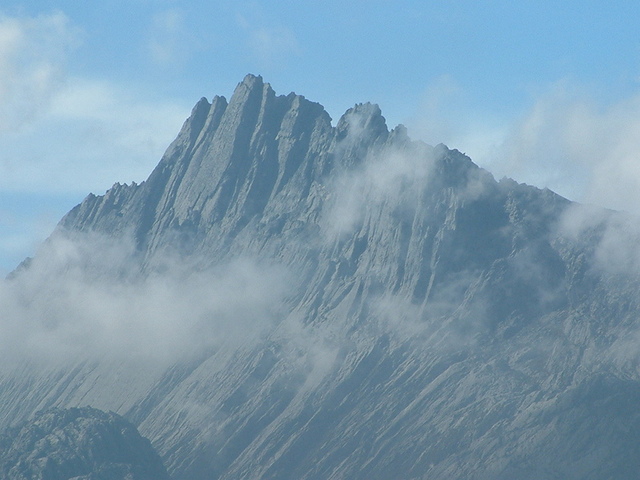
The current name of the mountain, Puncak Jaya, came about in the 1960s when Indonesia took control of the province it lies in. The name was first changed to Puncak Soekarno after the president of Indonesia, but was later changed to Puncak Jaya, Jaya meaning ‘victorious’ or ‘glorious’.
This feature was updated on 24/4/2020 to update information throughout.



